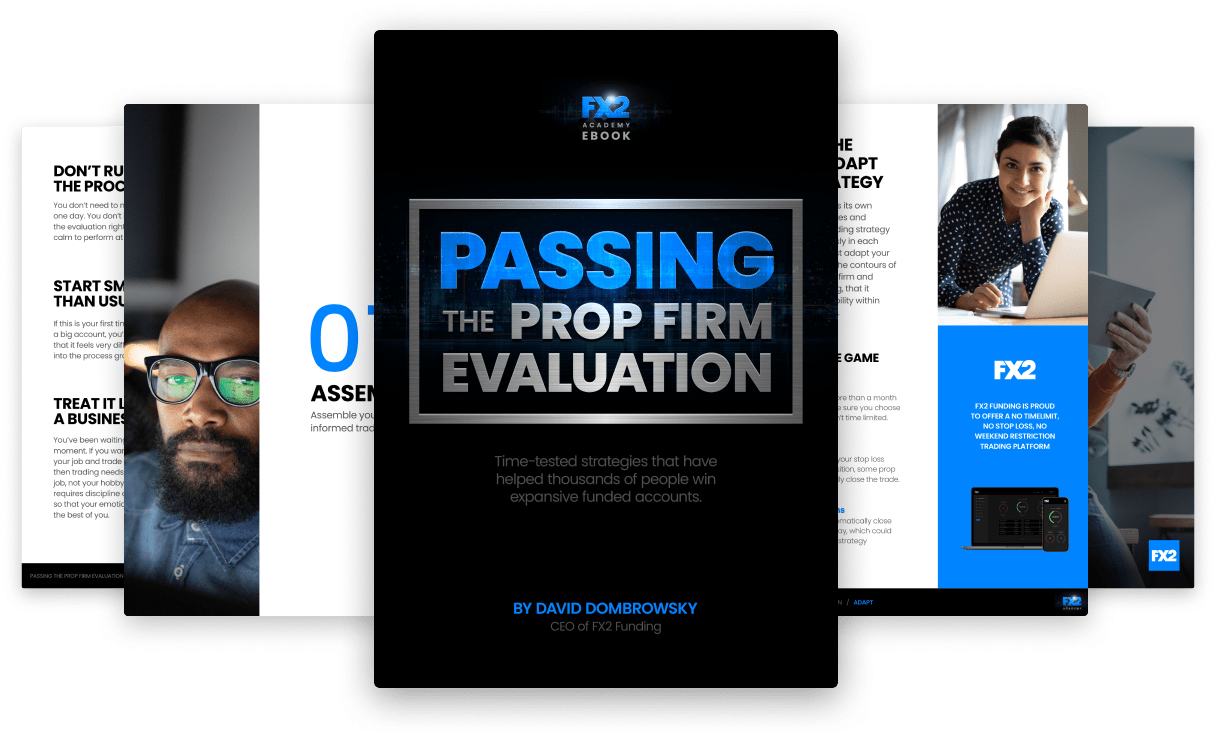In the financial world, understanding market cycles and their phases is crucial for investors aiming to optimize their strategies according to market dynamics. This guide will explore the nature of market cycles, their duration, stages, and how to identify and respond to various trends and reversals.
What is the Cycle of the Market System?
Market cycles represent the natural rise and fall in the value of market indices or the broader market over time. These cycles are influenced by various factors including economic data, investor sentiment, political events, and major financial news. Recognizing these cycles provides a strategic advantage in making informed investment decisions.
Types of Market Cycles
Market cycles are generally categorized based on the asset class or the economic conditions driving the changes:
- Equity Market Cycles: Often driven by economic conditions, corporate earnings, and investor sentiment.
- Commodity Cycles: Influenced by changes in supply and demand dynamics, geopolitical tensions, and changes in regulations.
- Real Estate Cycles: Typically influenced by interest rates, economic policies, and demographic shifts.
How Long Are Market Cycles?
The duration of market cycles can vary significantly depending on the asset class and underlying economic conditions. Equity market cycles might last several years, while commodity and real estate cycles could span decades. The length of these cycles is crucial for planning long-term investment strategies.
What Are the 4 Stages of the Market Cycle?
Understanding the four fundamental stages of a market cycle can help investors recognize when to enter or exit positions:
- Accumulation: This phase occurs after the market has bottomed and before it starts to rise, when savvy investors start to buy or invest in anticipation of a recovery.
- Mark-Up: During this phase, the market prices start to rise consistently, and more investors begin to enter the market.
- Distribution: This stage is marked by the peaking and subsequent sideways movement of prices as early investors start to take profits.
- Mark-Down: Prices decline, often rapidly, as selling pressure increases and sentiment turns bearish.
An additional, less commonly discussed, fifth phase involves a period of plateau, where prices stabilize and the market consolidates before the cycle begins anew. Recognizing this phase can provide critical insights for strategic positioning.
Identify Trends and Market Cycles
This knowledge will equip you to navigate the market with confidence.
Primary Markets: Bear Market vs. Bull Market
Bear Market: Characterized by falling prices and generally pessimistic investor sentiment. It typically begins with high selling pressure and may be triggered by economic downturns, geopolitical crises, or major corporate governance issues.
Bull Market: Defined by rising market prices and generally optimistic investor sentiment. This phase is often driven by strong economic growth, corporate profitability, and investor confidence.
Secular Trends: These are long-term trends that last 5 to 25 years and are driven by large-scale industry shifts or macroeconomic factors.
Intermediate Trends: Lasting for a few months to a year, these trends can reflect seasonal variations or reactions to shorter-term economic events.
Long-Term Trends: Generally spanning several years, these trends reflect sustained movements in market directions, often aligned with economic cycles.
Trending Market
In a trending market, prices move in a general direction over time despite short-term fluctuations. Identifying these trends early can be highly advantageous for traders and investors, allowing for strategic entries and exits in the market.
Market Cycles & Trends: Bottom Line
Recognizing and understanding market cycles and trends are fundamental to successful trading and investing. Investors who master these concepts can enhance their ability to make profit-driven decisions and minimize risks associated with market volatility.
Frequently Asked Questions
What are the key indicators for identifying market trends?
Key indicators include moving averages, trend lines, and volume. A moving average can help smooth out price data to identify the direction of the trend, while trend lines provide visual markers of resistance and support levels. Volume analysis can confirm the strength of a trend in trading based on the level of trading activity.
What criteria determine the validity of a market trend?
The validity of a trend is often confirmed through the consistency of price movements in one direction, accompanied by high trading volume. Additionally, the confirmation of trends through multiple indicators and time frames enhances their reliability.
What strategies should be used to trade a bearish flag pattern?
The bearish flag pattern, a continuation pattern that signifies a brief consolidation followed by a continuation of a downtrend,






